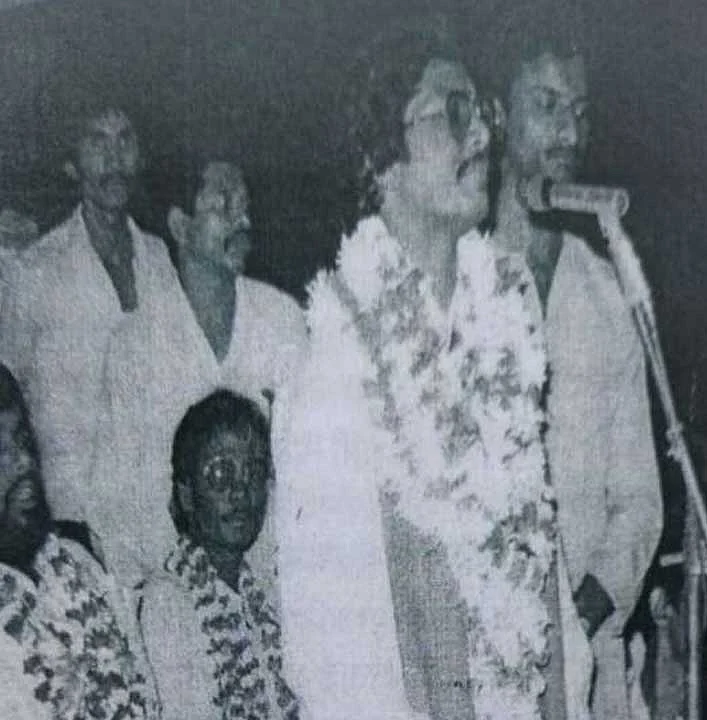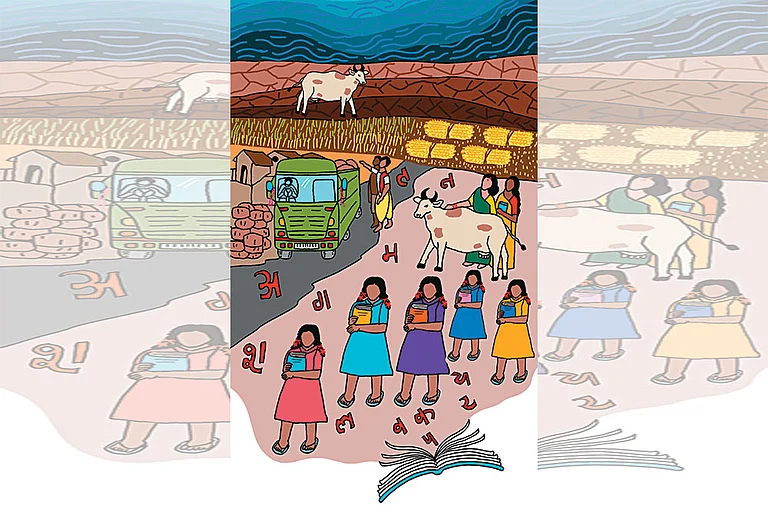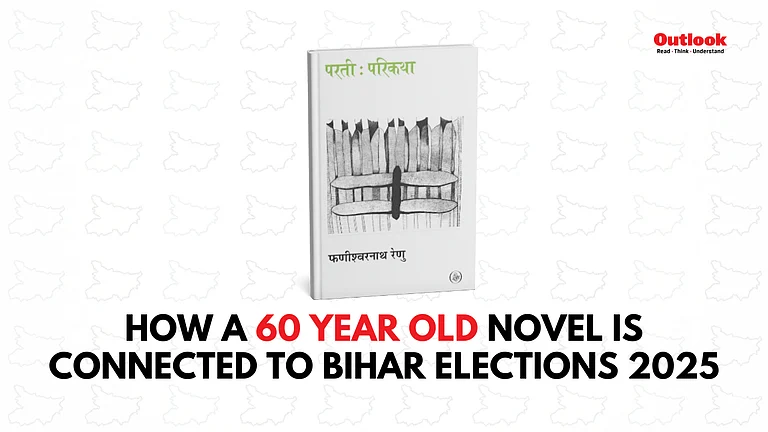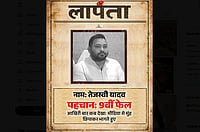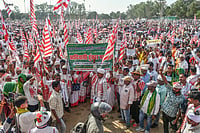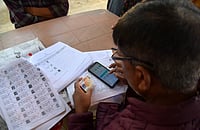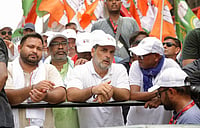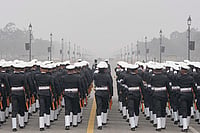The struggle for Jharkhand’s statehood passed through several stages before reaching fruition. Leading up to the formation of the state on 15 November 2000, the region saw more than one big movement.
The demand for statehood was first voiced in 1912. Years later, in 1939, it intensified under the banner of Jaipal Singh Munda’s Adivasi Mahasabha. After independence, in the years between 1949 and 1963, Munda nurtured the demand through the Jharkhand Party. But it went on the back burner when the Jharkhand Party merged with the Congress in 1963.
In 1972, Comrade AK Rai, Vinod Bihari Mahato, and Shibu Soren began a campaign under the Jharkhand Mukti Morcha (JMM) for a separate state based on a distinct Jharkhandi identity. The pace of the movement slackened again in the 80s when the JMM lost the parliamentary elections.
On 22 June 1986, a new organisation – the All Jharkhand Students Union (AJSU) – was formed in Jharkhand on the lines of the student movement in Assam. The youth of the state joined it in droves, infusing the movement for Jharkhand with new blood. By 1988, the movement had grown in intensity, marked by blockades, arson, and traffic blockades. Finally, New Delhi had to sit up and take notice. Then ensued rounds of talks between the central leadership and the leaders of the movement. Meanwhile, the organisation turned into a political party in the nineties and became a partner in the government of Jharkhand multiple times.
Students members of AJSU became CM and Deputy CM
Prabhakar Tirkey, founding president of the AJSU, tells Outlook, “The AJSU’s movement was for a much larger Jharkhand than what we have today. Our vision included the Purulia-Midnapur-Bankura regions of Bengal, Mayurbhanj of Orissa, and Surguja of Chhattisgarh. In fact, the organisation held its first convention after formation in Midnapore. We formed a central committee and chalked out the entire outline of the movement. Then the movement began in earnest and a programme of public awareness was conducted among the youth. But when the 1991 Dumka convention resolved to launch a political party, I expressed my disagreement and left the AJSU.”
It was decided at this convention that the Jharkhand People's Party (JPP) would be formed under the old leadership of the AJSU. The JPP came into being in Ranchi on December 30 the same year, with Ramdayal Singh Munda as its President and Surya Singh Besra as the General Secretary. Besra was also the founding secretary of the AJSU.
The impact of the AJSU’s activism on greater Jharkhand was so tremendous, says Tirkey, that more than two dozen people who came out of the AJSU went on to become MLAs, ministers, and MPs. He adds that two chief ministers of Jharkhand, Arjun Munda and Madhu Koda, were also members of the AJSU during their student days. The first AJSU-supported person to become an MLA was Surya Singh Besra from Ghatshila in 1990.
Also Read: Ahead Of Lok Sabha Polls 2024, A Look At A Few Rising Tribal Political Parties
How did AJSU transform into a party?
Dr. Sanjay Basu Mallick, a Jharkhandi activist who was associated with the AJSU, tells Outlook, “The idea grew in the organisation that as soon as Jharkhand becomes a separate state, the AJSU, having served its purpose as a movement, would turn into a political party. And then in the General Conference of 1991, the old leadership of the AJSU was given the responsibility of forming a party. Along with this, there was also talk of establishing a new leadership in the organisation in place of the old one. So we had two things happening simultaneously: the formation of the Jharkhand People's Party and the arrival of new young faces in the AJSU."
Among the new influx at this juncture was also Sudesh Mahato, who would later become Deputy CM of the state. Basu Mallik says that the new team of the AJSU began disintegrating and the organisation’s affairs fell into disarray. At this point, Mahato picked up the reins. A few months before the formation of Jharkhand, Mahato contested elections from Silli as an independent candidate supported by the AJSU and won. In a newly-formed Jharkhand, he became the Road Constructions Minister in the National Democratic (NDA) government. In the 2005 assembly elections, Mahato was one of the two MLAs supported by the AJSU who won. Thus he was elected MLA twice in a row.
Mahato's political journey started with the separate Jharkhand movement, as a leader with deep roots among the tribals and the indigenous people. Not only did he contest his first election at the age of 25, but also left a historical mark in the politics of Jharkhand by registering victory.
In 2007, Mahato reorganised the AJSU as the AJSU Party and got it registered with the Election Commission of India. In the assembly elections of 2009, the AJSU Party catapulted into the State Assembly with five MLAs. Later that same year in December, Mahato was sworn in as the Deputy CM in the NDA government led by Arjun Munda.
In 2014, once again the AJSU Party won five seats and partnered with the Bharatiya Janata Party to form the government. But the alliance came apart before the 2019 assembly polls with both the parties deciding to contest alone. In these elections, the AJSU Party's vote percentage went up, but in terms of seats, its tally was reduced to three. Both the parties suffered losses and had to stay out of power. In the years following the formation of Jharkhand, the NDA held power for the most time, with the AJSU Party playing kingmaker. Apart from being Deputy CM, party chief Mahato was also in charge of important ministries like Home, Sports, Road Constructions, etc.
Political analysts believe that the AJSU Party revolves around the pivot of Mahato. Apart from the tribals, the party has a strong presence and support among the indigenous people, particularly the Mahato community.
(Translated by Kaushika Draavid)







